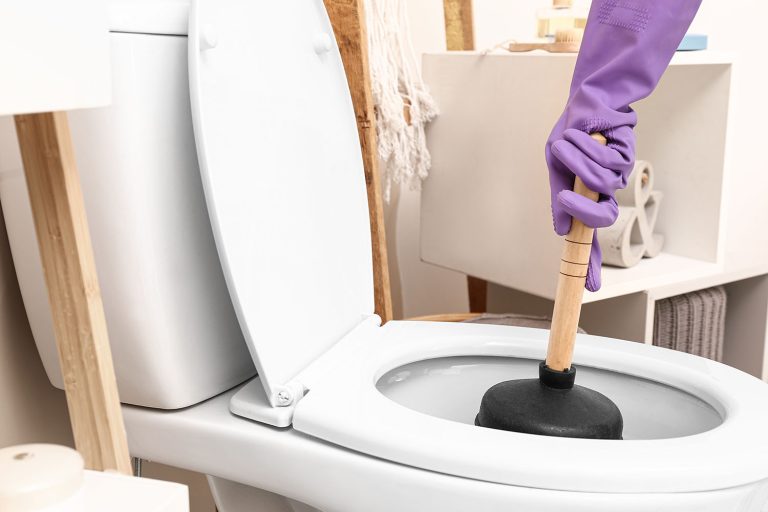6 Ways to Improve Your ELISA Assays
Asenqua Tech is reader-supported. When you buy through links on our site, we may earn an affiliate commission.
The enzyme-linked immunosorbent assay (ELISA) is a popular laboratory method for detecting and quantifying particular proteins or antibodies in a broad range of biological materials. It is essential in medical research, diagnostics, and quality control procedures. It is critical to optimise the technique to guarantee the accuracy and reliability of your ELISA tests. This post will go over six crucial suggestions for optimising your ELISA tests.
An Overview of ELISA Assays
Elisa Washer tests are widely used in labs because they are very sensitive and flexible. They depend on the interaction of antigens and antibodies and use enzymes to detect them. ELISA is utilised in a variety of applications, ranging from identifying biomarkers in patient samples to determining the presence of pollutants in food.
The Value of ELISA Assays
ELISA test findings may have a substantial influence on research and diagnostic outcomes. As a consequence, optimising your ELISA techniques is critical to ensuring the repeatability and reliability of your findings.
Tip 1: Selecting the Best ELISA Kit
The first and most important stage in the optimisation process is to choose the proper ELISA kit. Check that the kit is specific to your target analyte and has the necessary sensitivity and accuracy. Read the product specifications and instructions thoroughly.
Tip #2: Correct Sample Handling
The management of samples is critical to the effectiveness of an ELISA. Incorrect handling might cause discrepancies in outcomes. Keep samples in acceptable containers, at the proper temperature, and prevent contamination at all costs.
Tip 3: Assay Parameter Optimisation
Optimising assay parameters such as incubation time, temperature, and reagent concentrations may increase test performance dramatically. Experiment with various conditions to determine the best parameters for your individual test.
Tip 4: Data Interpretation and Analysis
In ELISA, accurate data analysis is critical. Use dependable software for data analysis, and use proper controls and standards for comparison. This phase is critical for achieving accurate and relevant findings.
5th Tip: Quality Control Procedures
To monitor and maintain assay performance, use quality control methods. Calibrate equipment on a regular basis, verify reagent expiry dates, and conduct control samples to identify any variations.
Troubleshooting Common Problems
Even with careful optimisation, problems might occur during ELISA experiments. Learn about frequent issues such as strong background noise and poor signal strength. Having a troubleshooting strategy in place may help you save time.
Conclusion
It is critical to optimise your Elisa Washer tests to provide precise and repeatable results. You may improve the reliability and efficiency of your ELISA operations by following these six guidelines.
FAQ
What exactly is ELISA?
Enzyme-Linked Immunosorbent Assay is an abbreviation for Enzyme-Linked Immunosorbent Assay. It is a method used in laboratories to identify and quantify certain proteins or antibodies in biological materials.
Can ELISA be used to test for COVID-19?
Yes, ELISA has been used to identify COVID-19 antibodies, which has helped with diagnostic and serological research.
Are there several kinds of ELISA assays?
ELISA tests come in a variety of forms, including direct, indirect, sandwich, and competitive ELISA, each tailored for a particular use.
How long does an ELISA test take to complete?
The time needed for an ELISA test varies based on the assay’s complexity and the quantity of samples, but it normally ranges from 2 to 5 hours.
What benefits does ELISA have over other assays?
Because of its great sensitivity, specificity, and adaptability, ELISA is well suited for a wide range of applications in research, diagnostics, and quality control.







